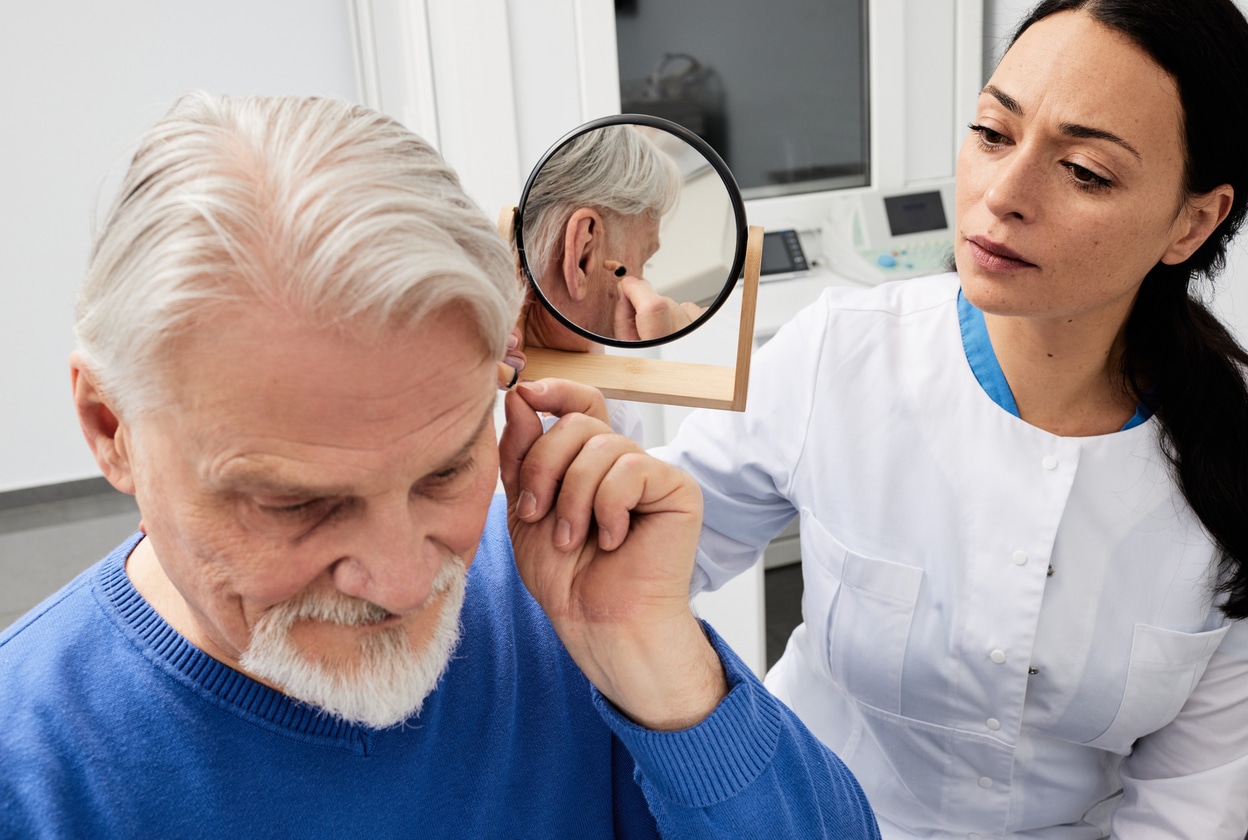A hearing aid fitting is a crucial step in ensuring that you get the maximum benefit from your hearing aids. This initial appointment is essential for setting up your devices for comfortable and effective use. Here’s what to expect during your first hearing aid fitting and why each step is vital for your hearing health.
Initial Fitting

The fitting process usually begins with an assessment and consultation, typically lasting one to two hours. During this time, the hearing specialist will review your hearing test results and discuss your specific hearing needs and lifestyle. This helps in understanding how your hearing loss impacts your daily life and identifies the features that would be most beneficial for you.
A significant portion of the appointment is dedicated to ensuring the physical fit of your hearing aids. The specialist will examine your ears to make sure the devices fit comfortably and securely. Adjustments may be made to improve the fit or custom ear molds might be provided.
Programming and Adjustment
After the initial assessment, the hearing specialist will program your hearing aids according to your unique hearing profile. This involves setting the devices to amplify specific frequencies and volumes that match the sounds you encounter most frequently. Specialized equipment is used to fine-tune the hearing aids, ensuring they enhance important sounds while minimizing background noise, such as the clatter at Trellis Coffee Bar.
You will be asked to provide feedback on the sound quality during this phase. The specialist will make real-time adjustments based on your input, refining the settings to match your preferences and ensure optimal performance.
Testing and Fine-Tuning
Once programming is complete, the hearing specialist will perform several tests to verify that your hearing aids are functioning correctly. This may include real-ear measurements, where tiny microphones are placed in your ear canal to confirm that the devices provide the intended level of amplification. These tests ensure that the sound delivered by your hearing aids is clear and natural.
The specialist will also demonstrate how to use your hearing aids, including inserting and removing them, adjusting the volume and changing batteries if necessary. They will offer tips on maintenance and care, helping you integrate the devices into your daily routine seamlessly.
Follow-Up and Support
The fitting appointment usually ends with a discussion about follow-up visits. These appointments are necessary to help you adjust to the hearing aids and make any necessary changes based on your experience.
With around 15% of Americans experiencing some form of hearing loss, hearing aid users are far from alone. These devices are invaluable in enhancing the quality of life, and effective use often requires multiple appointments to optimize their performance and ensure a proper fit. A good fit is key to getting the most out of your hearing aids.
To learn more about hearing aids or to schedule a hearing evaluation, contact Augusta – Aiken ENT & Allergy today.
